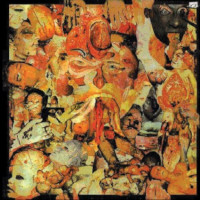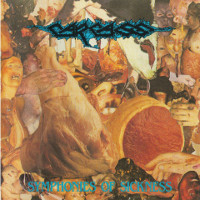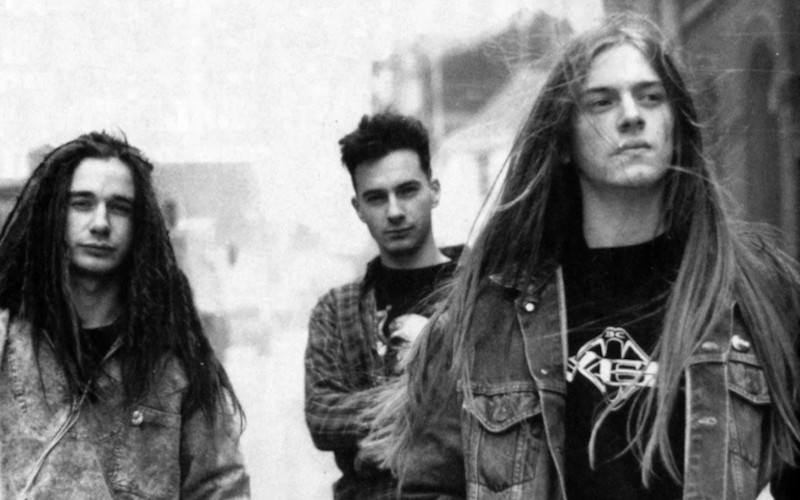The Early History of Carcass: From Goregrind to Death Metal Legends
Explore how Carcass emerged from the UK underground to reshape extreme metal forever.
The formation of Carcass: 1985–1987
The legendary UK extreme metal band Carcass was formed in 1985 in Liverpool by guitarist Bill Steer and drummer Ken Owen whilst the band members were still teenagers. Initially influenced by punk and underground metal, Carcass began as a raw project / DIY type thing and extreme sound experimentation.
Jeff Walker joined in 1987, bringing vocal aggression and lyrical themes inspired by anarcho-punk. Steer was also still playing with Napalm Death during this period having featured on their early material, helping shape the grindcore movement alongside his work in Carcass.
Reek of Putrefaction (1988): Goregrind Is Born
Carcass’s debut album, Reek of Putrefaction, released in 1988 via Earache Records, was a chaotic Lo-Fi blend of grindcore, punk, and horror. With medical / gore themed lyrics and rather muddy production, it helped create a new genre, goregrind.
Raw blast beats, guttural and high and low pitched vocals, sludgy riffs featured on this record along with consistent themes revolving around gore and the dark side of pathology and surgery to create something that was thematically quite unique. Despite the rather muddy production values and the band still finding their feet musically the album went on to inspire a whole bunch of up and coming metal musicians to take on the cause of what would later become known and gore-grind.
Click on the images below to read more detailed reviews of the early Carcass albums
 |
 |
Symphonies of Sickness (1989): Evolution Begins
With Symphonies of Sickness in 1989, Carcass began refining their sound. Still brutal, the album introduced clearer production, tighter riffs, and a more structured death metal influence that went far beyond the basics of Gore Grind and saw them become an accomplished and respected death metal act. They lyrical content remained the same, well infact it had matured significantly, showcasing some genuinely disturbing lyrics rather than some of the childish gore based stuff that the band had previously been showcasing.
Symphonies cemented Carcass as more than a shock band that appealed to “Noise Addicts” — By this album they were true musicians in the extreme scene.
🔥 Necroticism (1991): The Rise of Technical Death Metal
1991’s Necroticism – Descanting the Insalubrious marked a turning point. With the addition of Swedish guitarist Michael Amott, the band embraced technicality, melody, and longer song structures.
This album saw Carcass evolve into leaders of technical death metal, influencing countless future bands.
- Signature Tracks: “Corporal Jigsore Quandary,” “Incarnated Solvent Abuse.”
- Innovation: Dual guitar harmonies, complex arrangements, precision drumming.
- Critical Reception: Widely praised as one of the best death metal albums of all time.
🎸 Heartwork and the Shift Toward Melodic Death Metal
Though beyond their earliest years, 1993’s Heartwork is a natural continuation of the evolution that began with Necroticism. Carcass transitioned toward melodic death metal without sacrificing their aggressive edge.
Many fans view this era as the blueprint for the Gothenburg sound that inspired bands like In Flames and At the Gates.
🧠 Carcass’s Legacy in Extreme Music
From their goregrind roots to their refined melodic death metal output, Carcass’s early work from 1985 to 1991 permanently reshaped the metal landscape. Their influence can be heard in:
- Goregrind and grindcore bands (Exhumed, General Surgery)
- Melodic death metal (Arch Enemy, Dark Tranquillity)
- Progressive and technical metal acts worldwide
Few bands have transformed as much as Carcass did in their formative years—yet every evolution felt like a natural mutation of what came before.
